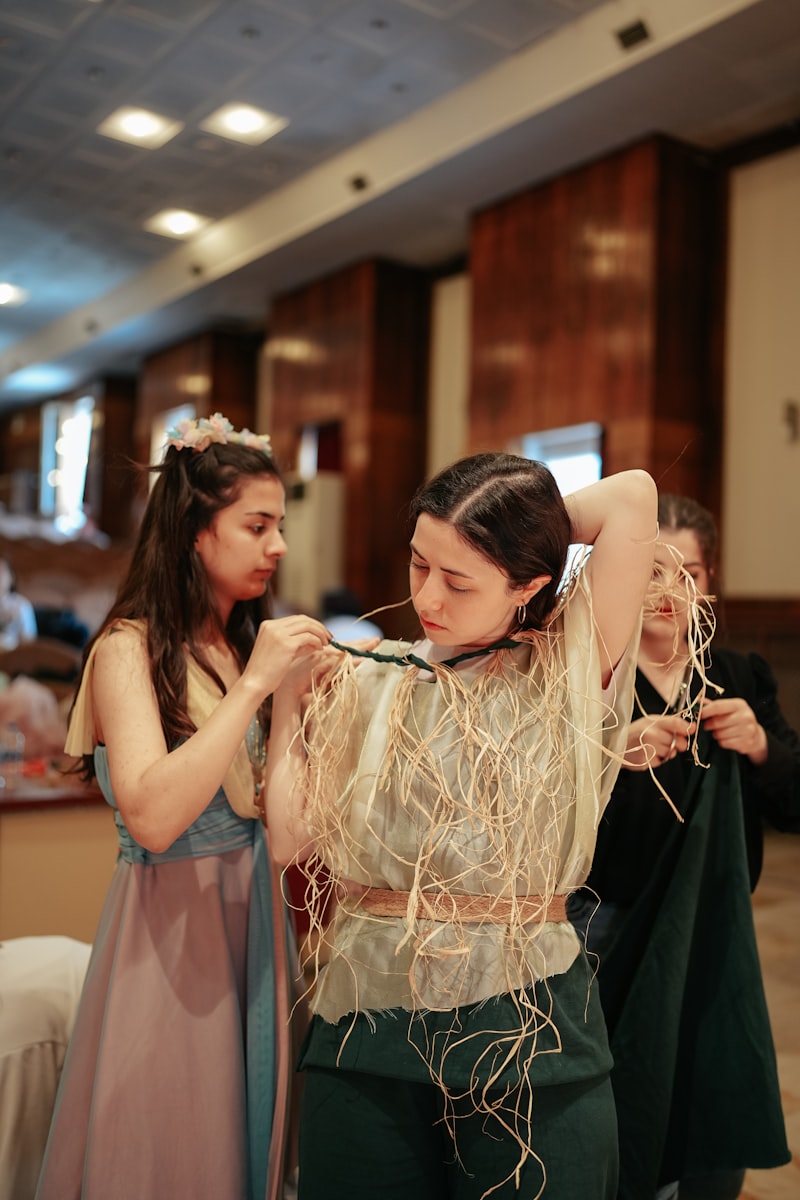Exploring Regional Variations in Bridal Dress Styles: A Cultural Journey
Exploring Regional Variations in Bridal Dress Styles: A Cultural Journey
Understanding Bridal Dress Styles Around the World
Bridal dress styles are not just mere fashions; they are woven into the cultural and historical fabric of societies around the globe. Each region has its unique way of celebrating love and marriage through the adornment of brides, which reflects local traditions, customs, and beliefs. In this article, we will delve into some of the distinctive bridal dress styles found in various parts of the world, exploring how geography influences these choices.
The Influence of Geography on Bridal Dress
Regional variations in bridal dress styles are often dictated by geography, climate, and cultural heritage. For instance, in hotter climates, lighter fabrics and more breathable designs are favored, while colder regions might see the incorporation of heavier materials. Let’s take a closer look at some regions and their bridal dress styles.
| Region | Bridal Dress Style | Characteristics |
| South Asia | Saree | Vibrant colors, intricate embroidery, often worn with a long blouse. |
| North America | Ball Gown | Formal, layered fabric, often with a train; popularized in Western culture. |
| East Asia | Qipao | Fitted dress, often with floral patterns, reflects elegance and tradition. |
| Middle East | Abaya/Kaftan | Loose, flowing garments, may feature rich embroidery, often accompanied by headpieces. |
Bridal Dress Styles in South Asia
In South Asia, bridal dresses are a stunning showcase of vibrant colors, intricate embroidery, and rich textiles. The saree is one of the most traditional bridal outfits, often made from silk or cotton, and adorned with gold or silver thread. Looking closely, you'll see that the bridal saree is not just about the garment itself; it is often complemented by beautiful jewelry, henna designs, and a traditional bindi. Each piece tells a story of culture and tradition.

Bridal Dress Styles in North America
The typical American bridal gown has undergone numerous transformations over the years. Traditionally, white wedding dresses became a staple following Queen Victoria's marriage to Prince Albert. A classic ball gown silhouette includes a fitted bodice and a flared skirt, often made from satin, tulle, or lace. Many brides opt for personalized elements such as adding color or unique accessories to express individuality while maintaining the elegance expected of a bridal dress.
Bridal Dress Styles in East Asia
In East Asia, the Qipao (or Cheongsam) is a celebrated bridal gown symbolizing grace and beauty. This form-fitting dress often features high collars and side slits, hugging the bride's figure. The design might incorporate silk fabrics with embroidered motifs such as peonies, which symbolize prosperity and luck. The dress is typically paired with matching accessories, providing a harmonious look that pays homage to tradition while embracing modernity.
Bridal Dress Styles in the Middle East
In the Middle East, bridal dress styles can vary significantly across different cultures. The Abaya is a flowing robe that is often decorated with pretty embroidery or embellishments, providing elegance while maintaining modesty. In contrast, the Kaftan is another popular choice among brides, reflecting the richness of the region’s textile traditions. Both styles highlight the importance of adornments like headpieces and jewelry, which can be as lavish as the gowns themselves.
Conclusion: Embracing Cultural Diversity in Bridal Attire
As we have explored, regional variations in bridal dress styles are a true testament to cultural diversity and richness. Whether it is the vibrant sarees of South Asia, the classic ball gowns of North America, the elegant Qipao of East Asia, or the luxurious Abayas of the Middle East, each style serves to embody the traditions and values of its culture. When choosing a bridal dress, consider not just the fashion aspect, but also the cultural significance behind it. This can enhance the wedding experience, making it even more memorable. Remember, while it’s completely okay to mix and match styles, embracing the cultural roots of your bridal attire can celebrate love in a way that respects and honors heritage.
Key Considerations: If you're planning your wedding soon, keep these tips in mind: explore dresses that resonate with your heritage, consider the comfort and practicality of the dress given the geographical location, and remember that your bridal attire should reflect your unique personality while paying homage to traditions. Understanding these regional variations will not only enrich your wedding experience but also allow you to appreciate the beautiful tapestry of global bridal fashion.
